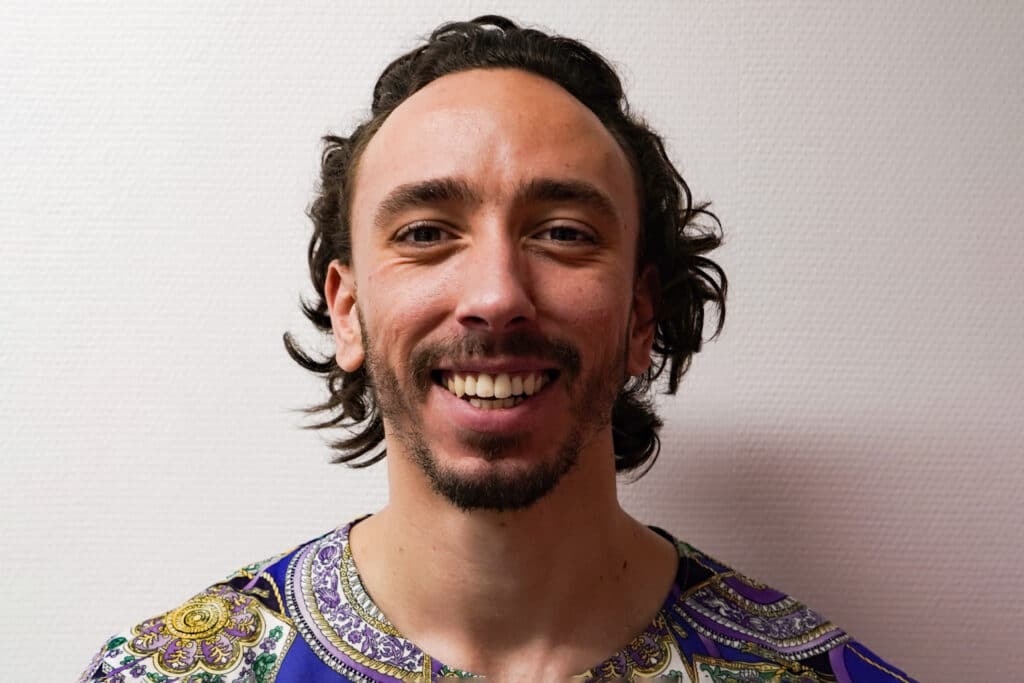– 4 questions to Guillaume Forestier, dancer and choreographer
Guillaume trained in various structures such as the CRD, Force Jazz Dance Cie, then entered the Conservatoire National Supérieur de Musique et de Danse (CNSMD) de Lyon in 2014. He joined the CNSMD Jeune Ballet in September 2017. Guillaume joins the company of CCNR/Yuval Pick during the June 2018 relaunch of Acta est fabula. Today, still performing in some of Yuval Pick’s pieces, he is also a transmitter of his method Practice.
1. Does the dancer-performer necessarily have to be creative?
Isn’t that more the role of the choreographer?
I believe that the interpreter naturally explores his or her creativity. Our bodies always speak for us, and we can read a multitude of nuances just by the way we do things. Our stories and aspirations are reflected in our actions. Also, I think the person in charge of the choreography bounces off what they see in the performer’s personality and body. Its role is to make dramaturgical, temporal, spatial and other decisions. Despite all the choreographer’s proposals, a dialogue exists between his or her imagination and the work of the performers who bring the research to life.
2. How does the Practice mobilize performers’ creativity? Through which exercises?
Practice makes the body move according to the performer’s imagination. When I dance from Practice, I unfold imaginary landscapes and connect to many organic, emotional modes of existence… The image is proposed by the person in charge of transmitting Practice, but it’s me, the performer, who connects with the image and lets my body react to it, so creativity is in action. Finally, the approach based on the body in permanent rotation reveals the natural organization of each person in a 360° organic space.

3. Why Practice allow dancers to develop their expressiveness?
Because there’s no point in producing at any price. I see Practice as a game, a personal journey. Connecting to yourself and your inner worlds is an ongoing process. The more I want to discover myself, the more I discover myself, and there’s no right answer: I explore myself by dancing. Over the days, weeks and years of practice, I develop new expressivities, others die, and I dance my own evolution.
4. Can you really learn to be creative? Isn’t creativity innate?
I’d say that every person hides islands of creativity within themselves. We just need to find a way to access it. I have the impression that Practice. takes us by the hand to open ourselves. It’s an approach that opens doors and makes us rethink the way we move, breathe and connect with each other. Creativity is innate. What we can learn and nurture is access to those hidden times and spaces within us.

